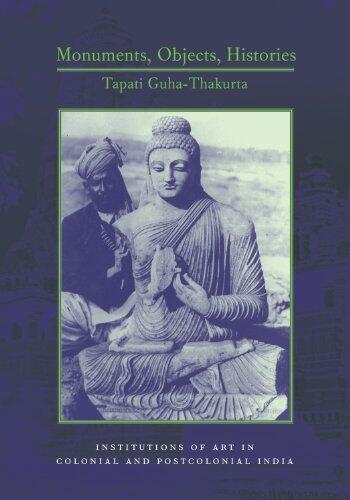"The indigenous seems to reside and grow deep within the colonial," writes the author (p. 86), Tapati Guha-Thakurta of this book. A tremendous discussion of archaeology during the colonial period, the road from text to objects in the field, the many folds that led to the rediscovery of the ancient Indus civilization, Monuments, Objects, Histories: Institutions of Art in Colonial and Post-Colonial India is a thoughtful, provocative discussion of the history of archaeology in India. There is a stunning chapter on Rakhaldas Banerjee, the Bengali who discovered Mohenjo-daro and was sidelined by Marshall. Like other critical Indian archaeologists during the period, he wrote fictions on the side. The stories of these many men have barely been told.
"One distinct development at the turn of the century was the growth of an expanding structure of training and employment of Indian scholars that made for their closer and closer integration within the colonial archaeological establishment," continues Guha-Thakurta (p. 112). Even though the bulk of the book deals with Buddhism and its monuments which were the focus of people like John Marshall (though not to take away from his - here somewhat constrained - Indus role), there is much to consider on how the present shapes the past. The book ends with a profound look at modern Indian history, with a section on Ayodhya and Bodh Gaya, battles from the past that continue quite literally today, with archaeology construed to record facts in the ground one way or another.
A highly-recommended volume by a fine scholar in the tradition of thinkers in history and art history like Partha Chatterjee and Partha Mitter.

